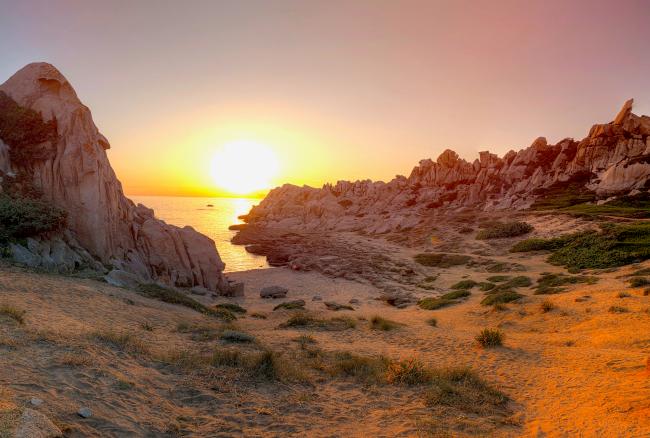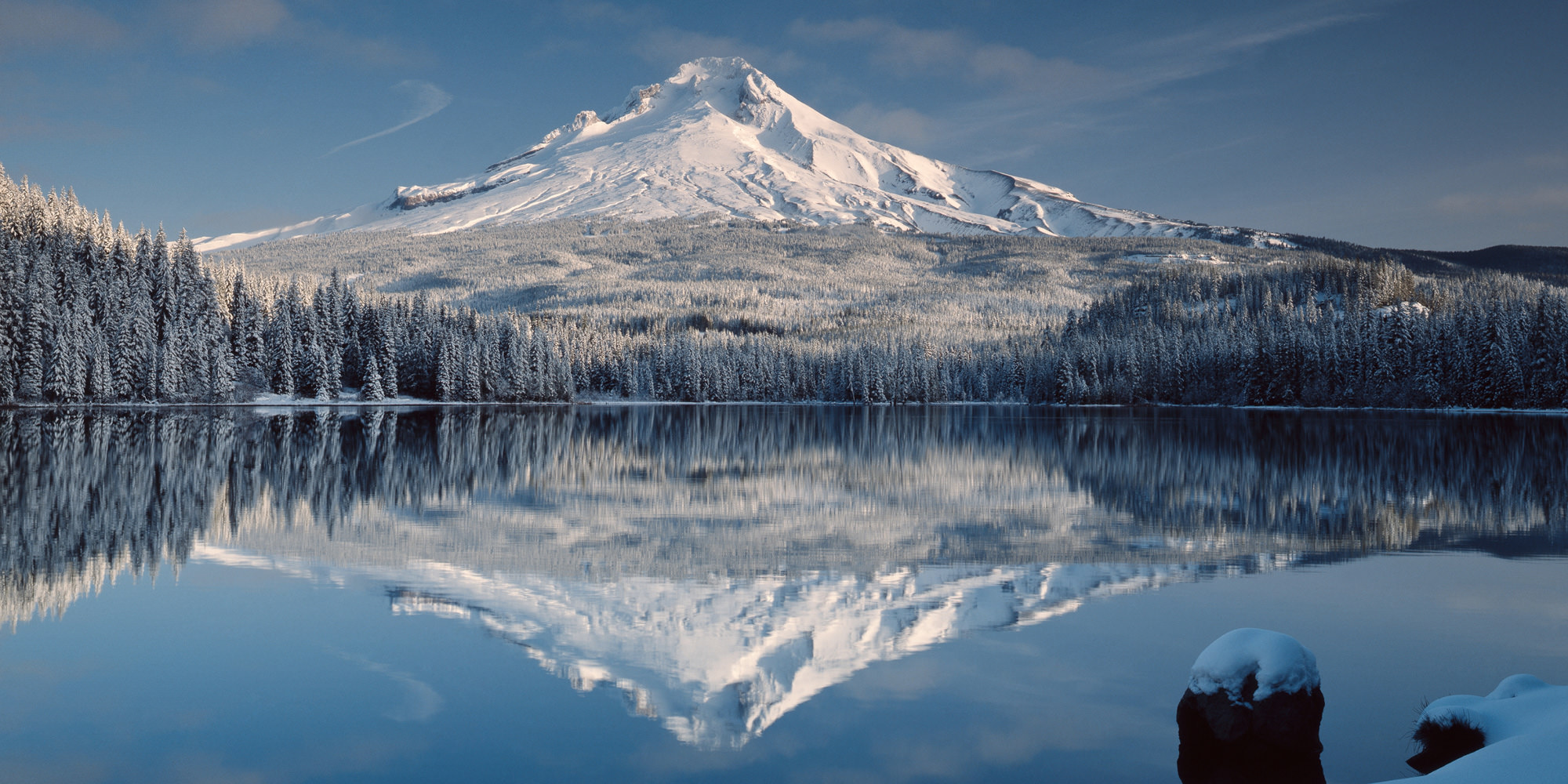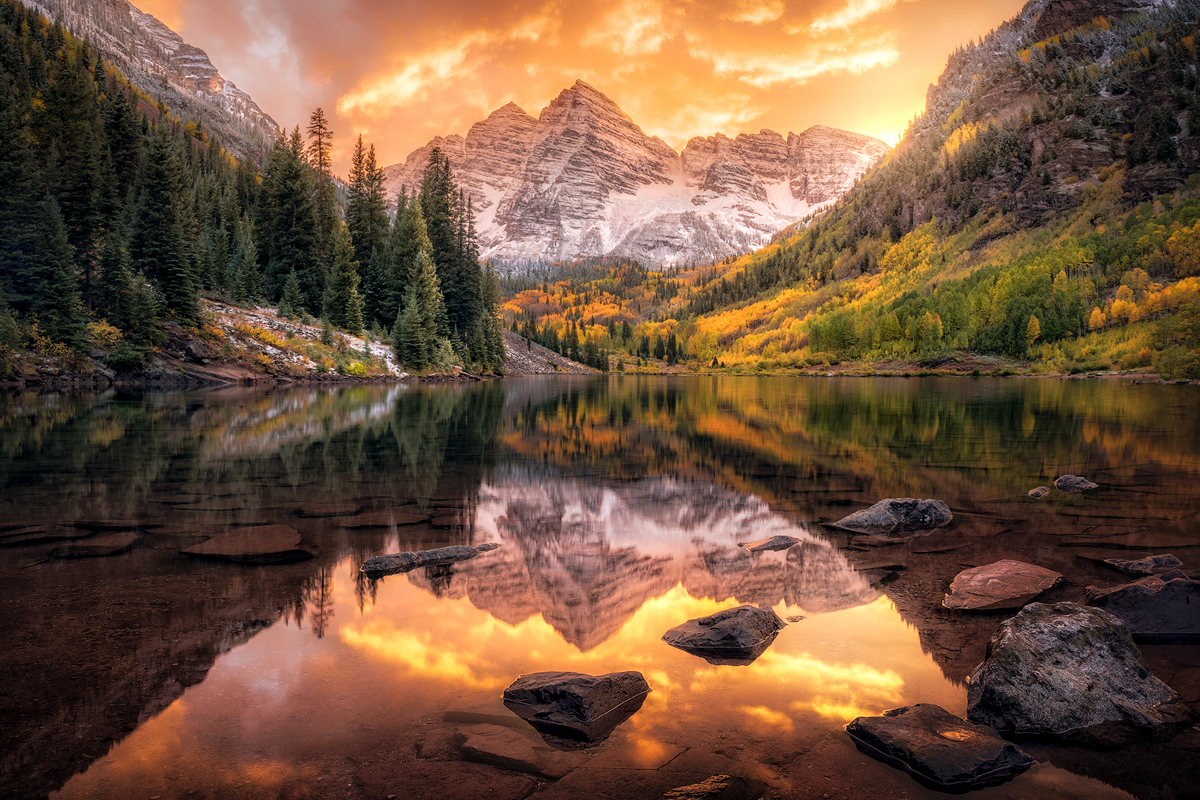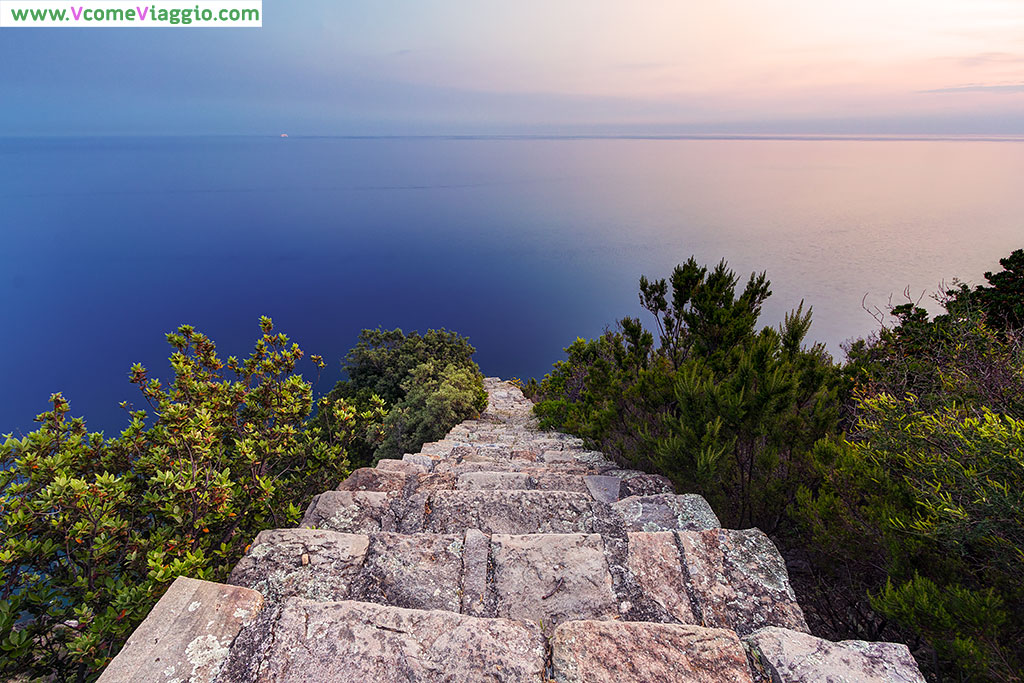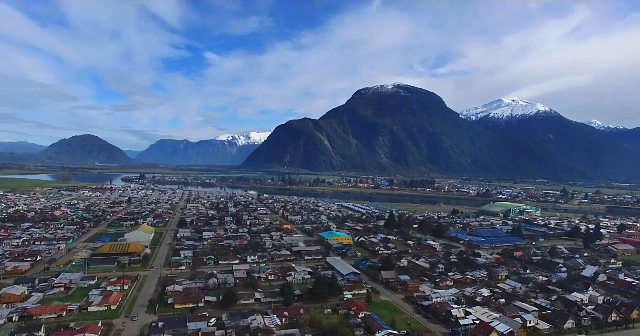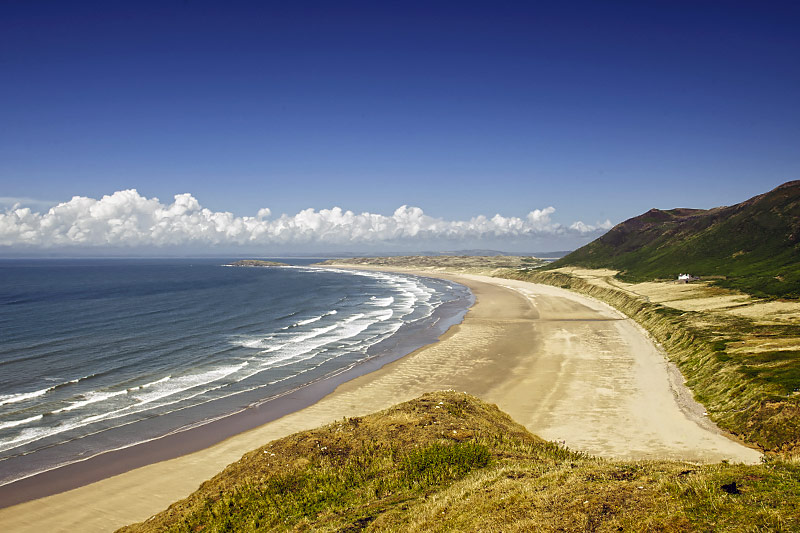There is a surreal place in Sardinia, a place of primordial beauty and frozen in time, a ‘lunar’ landscape, solitary and wild, pervaded by the scent of helichrysum, juniper and myrtle, with majestic boulders that wind and sea have smoothed and shaped into original and unusual forms, similar to sculptures. Cala Grande, renamed ‘Valle della Luna’ (Moon Valley), is a valley that slopes down to the sea, set between two granite ridges, where wonderful coves with turquoise waters contrast with the golden colours of the rocks and the green of the Mediterranean scrub. The straight stretch of 500 metres rises in the western part of Capo Testa, four kilometres from Santa Teresa Gallura, the magical setting at the end of July of the Musiche sulle Bocche festival. The difficult access makes it uncrowded. Once you have crossed the isthmus of the promontory, turn left until you reach a small square. Leaving your car, you will face a narrow and winding path of 700 meters: the effort will be rewarded by the show.
The ethereal charm comes from the conformation of the place: in fact Cala Grande is divided into seven small valleys by rock walls. The first is long and narrow, running up to a clearing overlooking the sea. You’ll see signs engraved and painted by the hippy community that inhabits the valley. Here you will find the first of the three main coves, cala de l’ea (of the water), a ‘handkerchief’ of sand that takes its name from a nearby spring. Proceeding to the left, along an easy path, you’ll reach the second and third valleys. A promontory separates the Ea from the cala di mezzu, dominated by the ‘dinosaur rock’ and topped by punta La Turri, commonly known as ‘the skull’, the highest (128 metres) of the surrounding boulders. Several free climbing routes branch off along its ‘moon wall’. Continuing along the path, the marvellous ‘cala grande’ opens up, which has given its name to the entire valley. It is a solitary corner of paradise with a deep seabed, a destination for divers. The fourth and fifth valleys are to the east, in the direction of Capo Testa; the sixth and seventh are the westernmost.
Millenary erosion has generated various extravagantly shaped caves in the valleys, which from the late 1960s became the homes of a community of hippies who chose to live in contact with nature, far from the frenzy of the city. They renamed the oasis taking inspiration from the intense light and suggestive appearance of the granites illuminated by the moonlight. Today Valle della Luna is the most common name. Travellers from all over the world frequent it: artists, musicians and people in search of well-being and serenity, attracted by the magical atmosphere and ‘obscure’ energies sought by meditation enthusiasts.
